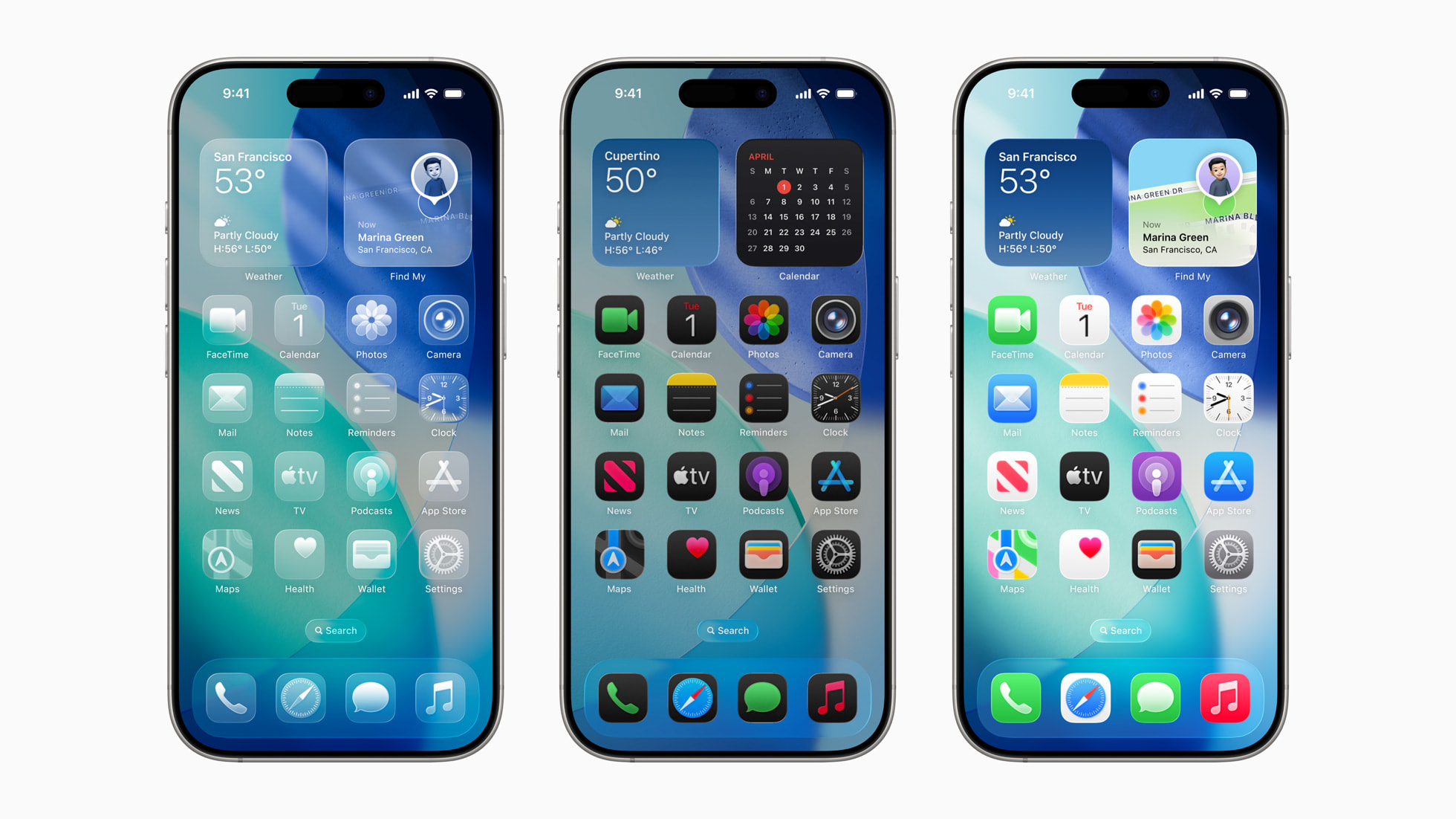
iPadOS 26 is the biggest iPad revamp since 2010, bringing new features that make the tablet far more Mac-like. And there are other enhancements too, especially the user interface overhaul dubbed Liquid Glass that Apple’s latest software brings to all of he company’s devices.
Here are the best changes to iPadOS 26 … the ones you’ll use every day. (Many of the new iPadOS 26 features can also be found in the latest iPhone software, so be sure to also read our guide to everything new in iOS 26.)
iPadOS 26: New features for Mac lovers
A vocal minority of iPad users want macOS to run on their tablets, but Apple executives have repeatedly made clear that won’t happen. “iPad’s gonna be iPad,” in the words of Craig Federighi, Apple’s head of software development.
But Federighi and his team are also aware that, as iPads have become increasingly powerful — with 13-inch OLED displays and the best Apple processors — many people use them for the same tasks as Macs. So, they crafted iPadOS 26 with new features that make the tablet more Mac-like, with a familiar-feeling multitasking system complete with resizable, floating windows and macOS-style controls.
Even better, this comes without angering those who prefer the simple iPad user interface instead.
Windowed Apps

Screenshot: Apple
The standout feature of iPadOS 26 is Windowed Apps. This new user interface setting essentially mimics the way macOS multitasking operates. Applications open in windows. Any app that’s open comes up in front of the ones already open. These windows can be resized and moved around. Even the familiar red, yellow and green window controls from macOS appear in iPadOS 26, allowing users to close, minimize, resize or tile windows in a familiar way.
In addition to making life easier for serious iPad users, it’s a benefit to people who regularly switch back and forth between a Mac and an iPad.
To be clear, Windowed Apps is an option. The default setting is Full Screen Apps — the traditional iPadOS user interface, with every application taking up the full screen. Those who want an iPad that works much like an iPhone should use this option.
Power users who got familiar with the Stage Manager multitasking system can keep using it, too. (Apple also made it more like macOS, though.)
iPadOS 26 Menu Bar
Another of the Mac-like new features in iPadOS 26 is a Menu Bar. It lets you access the commands available in various apps with a swipe down from the top of the display or by moving the cursor to the top of the screen.
The Menu Bar is always there for every app. However, it remains hidden until the user swipes down from the top of the display or moves the cursor to the top of the screen.
Liquid Glass brings glossy new look to iPad

Screenshots: Ed Hardy/Cult of Mac
Liquid Glass is as much a part of iPadOS 26 as it is iOS 26. Many elements of the user interface go semi-transparent, while text remains readable. Clever effects make it seem like users are looking through glass at objects shown on the screen behind the Dock and pop-up windows.
Some early beta testers complained about Liquid Glass’ effect on readability. However, iPad users might appreciate Liquid Glass more than iPhone users because it’s easier to see on larger screens.
iPadOS 26 new features: Mac-like Files and Preview apps, plus the Journal app

Image: Apple
Not all the amazing new iPadOS 26 features are user interface changes. The new software brings significant improvements to Apple’s stock apps, too. A prime example is the Files application. Apple gradually built this up over the years, and with iPadOS 26, it gets much closer to the Mac’s Finder, gaining resizable columns and collapsible folders.
The Mac’s Preview app makes the jump to iPad in iPadOS 26. Users can view PDFs and images with it and even make some edits. Naturally, it supports Apple Pencil.
Plus, Apple ported the Journal app from iPhone to iPad. The app makes it easier for users to capture and write about the details of everyday moments or special events. (It supports Apple Pencil, too.)
Live Translation
Live Translation in Messages breaks the language barrier. It automatically translates texts, allowing users to type in their language and have messages appear in the recipient’s preferred language. The Messages app also translates incoming texts.
In FaceTime, iPadOS 26 makes real-time audio translations.
Pro-level audio tools
iPadOS 26 includes new features for those who use their tablet for podcasting. Users gain the ability to choose which microphone to use, and can set defaults for individual applications. The Voice Isolation feature can be used to block ambient noise in more applications. Plus, there’s a new Local Capture feature that records only one side of a conversation when producing video/audio for publication.






